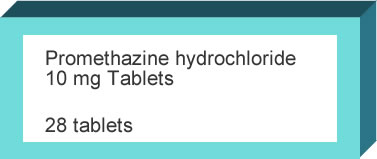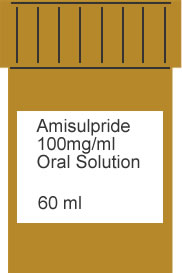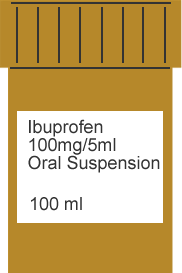This how-to guide on drug dosage calculations has been created for student nurses, pharmacy students, trainee pharmacists and pharmacy technicians. The aim of this guide is to learn how to calculate a drug dosage from the stock strength.
This learning is divided into three parts.
- Part 1 will define the two formulas that can be used to calculate the drug dose required from stock strength for both oral tablets/capsules and oral liquid medicines.
- In part 2, you will find worked examples (with steps) on how to calculate the required number of tablets or volume of liquid medicine.
- Finally, in part 3, you can test what you have learnt by attempting the drug calculations quiz.
Let us get started.
Drug Dosage Calculation Formulas – Part 1
To calculate the number of tablets, use the following formula:
Strength required / Stock strength = Number of tablet(s) requiredOr another way this drug dosage formula can be expressed is:
What you want / What you’ve got = Number of tablet(s) requiredTo calculate the volume dose for liquid medicine, use this formula:
(Strength required / Stock strength) × Stock volume = Volume dose requiredOr another way this liquid dose formula can be expressed is:
(What you want / What you’ve got) × What it’s in = Volume dose requiredThis formula can also be used to calculate the volume dose required for injections.
Worked Examples With Steps – Part 2
Before working through these worked example questions and attempting the drug calculations quiz in the next part, remember to ensure the strength required and stock strength are always in the same units of measure (i.e., both ng, both mcg, both mg or both g). If you are unsure how to convert from one unit of measurement to another, take a look at the conversion between units of measure tables for mass and volume on our sister website; in addition, practice converting from one unit of measurement to another by attempting the units of measurement drug calculations quiz.
How to calculate the number of tablets required
Example:
The doctor prescribes promethazine hydrochloride 20mg for patient X. The available stock strength you have is 10mg. How many tablets are required?
Step 1
- The strength required (what you want): 20mg
- Stock strength (what you’ve got): 10mg in one tablet

Step 2
- 20mg / 10mg = 2 tablets
- Answer: 2 tablets are required
Example:
The doctor prescribes bendroflumethiazide 7.5mg on patient X’s drug chart. How many tablets should the nurse administer to patient X if the available stock strength on the ward is 2.5mg?
Step 1:
- The strength required: 7.5mg
- Stock strength: 2.5mg

Step 2
- 7.5mg / 2.5mg = 3 tablets
- Answer: 3 tablets are required
Example:
The doctor prescribes levothyroxine 0.2mg on patient X’s drug chart. How many tablets should the nurse administer to patient X if the available stock strength on the ward is 100mcg.
Step 1:
- The strength required: 0.2mg
- Stock strength: 100mcg

Step 2:
- Convert the strength required from mg to mcg so that the units of measurement are the same: 0.2mg x 1000 = 200mcg
Step 3:
- 200mcg / 100mcg = 2 tablets
- Answer: 2 tablets are required
How to calculate a liquid medication dosage
Example:
A patient requires amisulpride 200mg. The available stock on the ward is 100mg/mL (100mg in 1mL) oral solution. What volume is required?
Step 1:
- The strength required (what you want): 200mg
- Stock strength (what you’ve got): 100mg
- Stock volume (what it’s in): 1mL

Step 2:
- (200mg / 100mg) x 1mL = 2mL
- Answer: 2mL is required
Example:
A patient requires dihydrocodeine 30mg. The available stock on the ward is 10mg/5mL (10mg in 5mL) elixir. What volume is required?
Step 1:
- Strength required: 30mg
- Stock strength: 10mg
- Stock volume: 5mL

Step 2:
- (30mg / 10mg) x 5mL = 15mL
- Answer: 15mL is required
Example:
A patient requires ibuprofen 0.3g. The available stock on the ward is 100mg/5mL (100mg in 5 mL) oral suspension. What volume is required?
Step 1:
- Strength required: 0.3g
- Stock strength: 100mg
- Stock volume: 5mL

Step 2:
- Convert the strength required from g to mg so that the units of measurement are the same: 0.3g x 1000 = 300mg
Step 3:
- (300mg / 100mg) x 5mL = 15ml
- Answer 15mL is required
Drug Calculations Quiz – Part 3
You can test what you have learned with this drug calculations quiz. There are ten drug dosage calculations to attempt; you will be able to check your answers when you have completed all of the questions.
For further practice on drug dosage calculations, download the following worksheet: calculate the number of tablets to give the patient from a stock strength.



